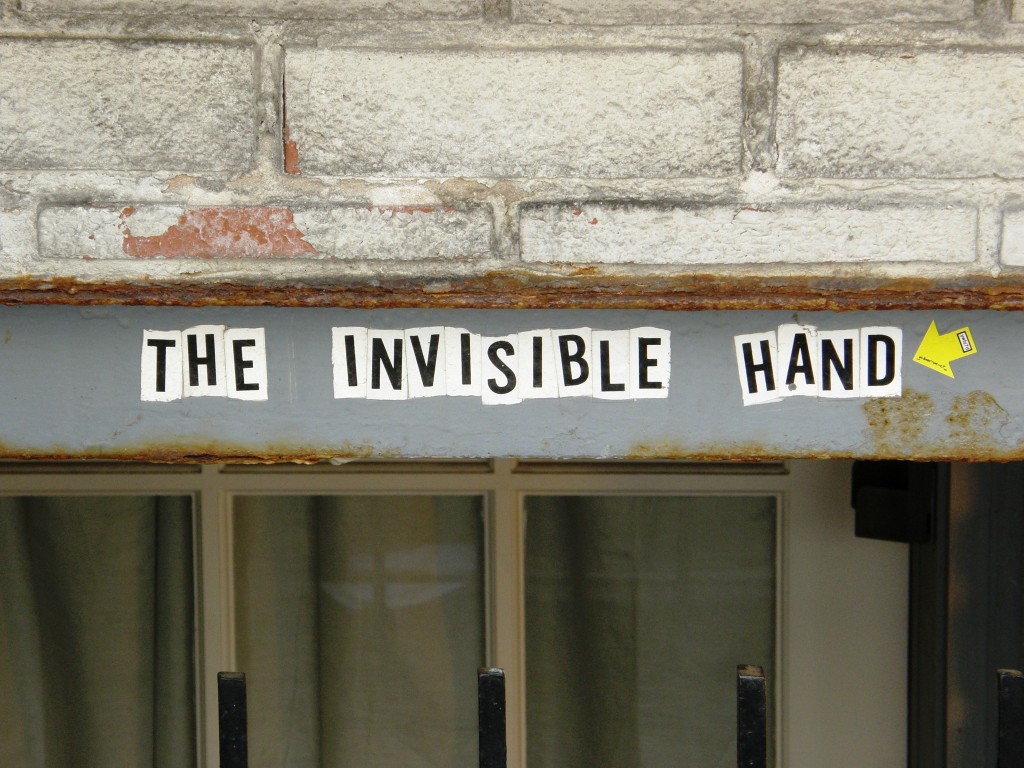The 18th century philosopher and contributing founder of modern economics, Adam Smith, coined the term "invisible hand" to describe how individuals working in their own self-interest can benefit society as a whole. In the United States today there is an invisible hand driven not by self-interest but by altruism that benefits millions every day. This invisible force for good is the private foundation.
My first experience with this invisible hand came while growing up in Havre, Montana, where there was little respite from the chilling temperatures, and even less in the way of literary or cultural resources. The one place I knew that was both warm and filled with knowledge was the Carnegie Library. I took this special place for granted as a child. I never asked how the name of a 20th century robber baron could wind up on a wonderful two-story brick building in a town that he never visited. I later learned that this important keystone of my home town was one of 2,500 libraries that Andrew Carnegie, a Scottish immigrant, and the Carnegie Corporation built around the world. Having made his money in steel, Carnegie dedicated his fortune, in perpetuity, to develop solutions for the betterment of humanity.
Mine is but one story of how private foundations have touched the lives of our citizens. Even though many may not have direct interaction with private foundations – beyond seeing the names of foundations listed by PBS for supporting its programming – they are a vital and often unheralded part of the fabric of our nation. The tradition of Carnegie, Rockefeller and Ford live on every day in the dynamic actions of the thousands of these overlooked organizations who do good in this country and around the world.
Private foundations fuel the thriving nonprofit sector unique to America. There are roughly 90,000 private foundations in the United States with over $700 billion in total assets. In 2014, they gave away almost $54 billion, the second largest total after gifts from individuals; and this funding continues to grow each year. The aim for many private foundations is not just to give money away but to look for long-term solutions to society's challenges. In so doing, their impact surpasses the amount of money they give. Private foundations provide the capital for the incubation and expansion of the nonprofit sector. Just as venture capitalists helped create companies like Google, Apple and Facebook, private foundations create charities that support different segments of society. They not only provide the capital, but also contribute experience, guidance and consulting to these mission-based organizations to help them to grow and thrive. There are tens of thousands of people at private foundations who devote their lives to advance civil society.
The nonprofit sector is one of the great pillars of American society. It educates our children, gives aid to the sick, provides research that advances our scientific knowledge and takes care of the less fortunate. This sector contributes over 5 percent of the total GDP and employs one in ten Americans. While the private sector lost jobs at a rate of 3.7 percent per year during the Great Recession, the nonprofit sector gained jobs at 1.9 percent per year. It is a reflection of the sentiment of the prominent French philosopher Alexis de Tocqueville, who praised in his 1835 book, Democracy in America, the American propensity to come together to solve problems of society.
The M.J. Murdock Charitable Trust in Vancouver, Washington is an example of the invisible hand. The organization started with $90 million in principal but has given away over $850 million dollars over the last 40 years. Today it grants almost $50 million to over 300 nonprofits in the Pacific Northwest, improving the lives of tens of thousands of people throughout the region. Despite this impact, few people would even know the organization exists.
I have learned over the last several years how the American nonprofit sector is the envy of the world. I have spoken about the sector in Japan, England, Australia, Canada, China and Russia – and other countries that may lack our culture of association. I recall speaking to an Australian who could see no reason why he should contribute money to a museum because he believed it is the government's responsibility to fund the museum out of his tax dollars. Such a sentiment is anathema to citizens of America.
Today we should appreciate the many invisible hands that continue the tradition of the American private foundation. They operate behind the scenes, funding the dynamic and energetic nonprofit sector that is an example to the rest of the world. These hands touch the lives of millions of people without receiving any credit or acclaim.
Verne O. Sedlacek
Visiting Fellow
M.J. Murdock Charitable Trust
vernesedlacek@gmail.com




2 thoughts on “The Invisible Hand”